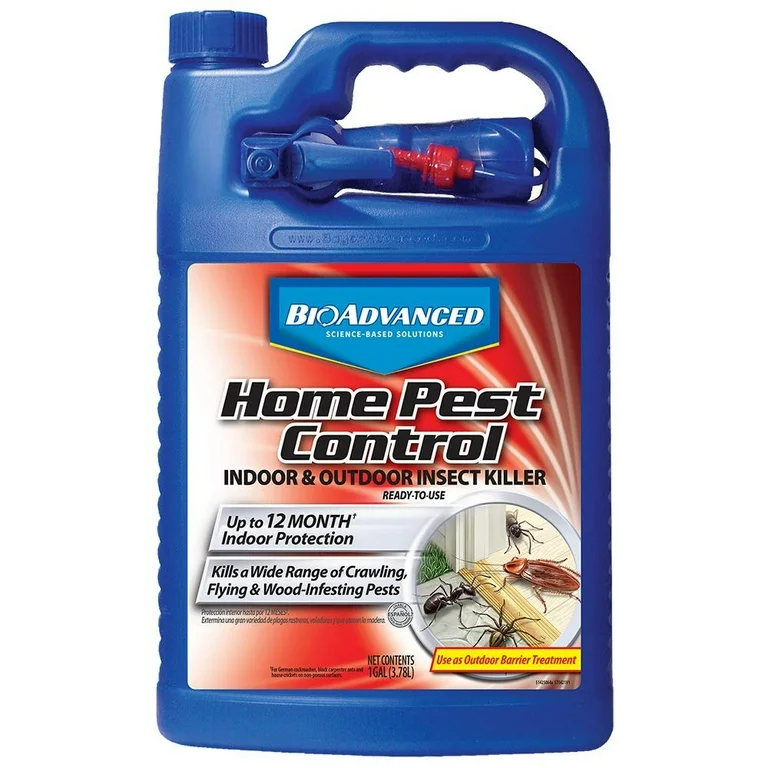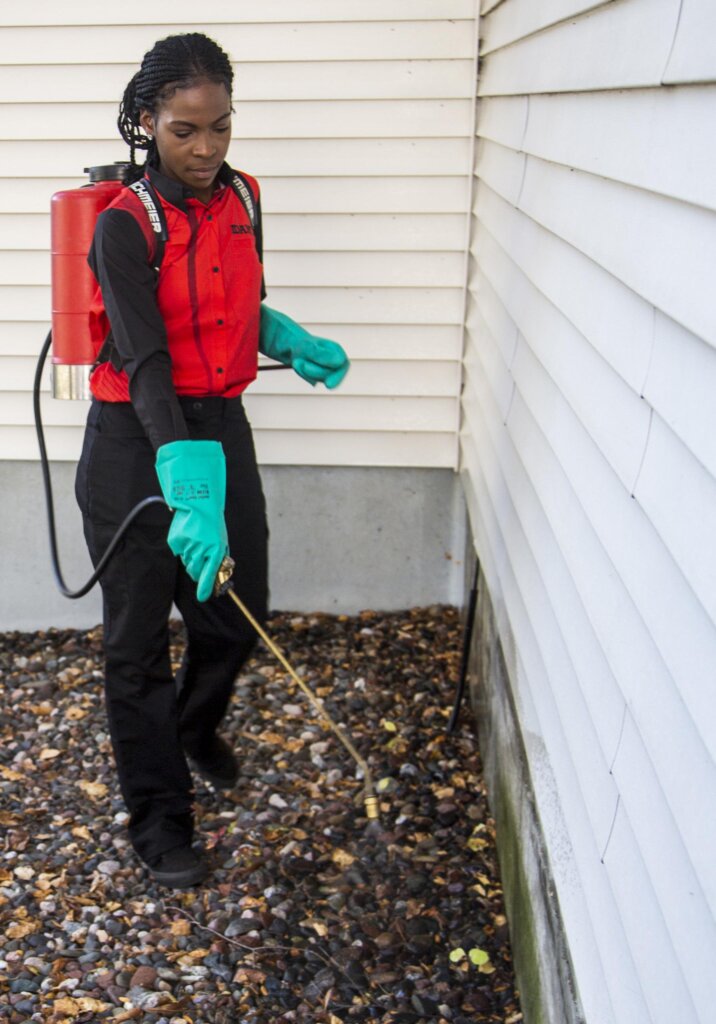Expert A1 Charlotte Bed Bug Exterminator - Quality Solution Guaranteed
Bed Insect Therapy Break Down: Contrasting Chemical Vs. Non-Chemical Solutions
In the realm of insect control, specifically when handling the relentless problem of bed pests, the option in between chemical and non-chemical treatment services can be a pivotal one. Both methods provide unique advantages and drawbacks, affecting factors such as efficiency, safety considerations, and overall expense. By examining the nuanced details of each method, a clearer understanding of which path to go after in attending to a bed pest problem can be attained.
Effectiveness of Chemical Treatments
Chemical treatments for bed bug problems have actually been widely recognized for their fast and potent effectiveness in eradicating these bugs. When taking into consideration the performance of chemical treatments, it is important to comprehend that they can supply a complete and fast remedy to a bed pest problem.
Moreover, chemical therapies have the advantage of using recurring impacts, meaning that they can remain to eliminate bed insects also after the preliminary application. This recurring action is specifically valuable in combating any type of potential re-infestations. Additionally, the fast activity of chemical treatments can bring relief to individuals encountering severe bed insect problems, allowing them to gain back control of their living rooms rapidly.
Security Problems With Chemical Solutions
One important aspect that requires mindful factor to consider when making use of chemical options for bed bug treatment is guaranteeing the safety and security of residents and the environment. Direct exposure to specific chemicals made use of in bed insect treatments can lead to respiratory system issues, skin irritation, or various other unfavorable responses, especially in people with pre-existing problems or sensitivities.
Additionally, the environmental effect of chemical solutions is one more substantial consideration. Some pesticides made use of in bed pest treatments might be damaging to advantageous pests, wildlife, and ecological communities if they seep into the dirt or water systems. It is important to use chemical treatments sensibly, complying with security standards, and taking into consideration much less poisonous options to minimize these risks and guarantee the risk-free and reliable management of bed bug invasions.
Benefits of Non-Chemical Techniques
Considering the possible security concerns and ecological influence connected with chemical services for bed bug treatment, discovering non-chemical techniques offers an encouraging alternative with numerous unique advantages. Non-chemical treatments are environmentally friendly, as they do not contribute to air or water air pollution, making them a sustainable option for pest control.
Furthermore, non-chemical remedies can be efficient in targeting bed pests, including hard-to-reach areas where chemical treatments might not permeate. Methods such as warm therapy, vacuuming, vapor cleaning, and cushion coverings provide comprehensive obliteration without the usage of hazardous chemicals. Moreover, non-chemical additional info strategies can be much less turbulent, needing marginal prep work and enabling quicker reentry right into dealt with locations. In general, selecting non-chemical bed insect treatment approaches not just focuses on safety and security and environmental management however likewise guarantees reliable and comprehensive insect control.
Limitations of Non-Chemical Treatments

In addition, non-chemical treatments usually need numerous applications to accomplish effective elimination. This can be time-consuming and may not always ensure total removal of all bed pests and their eggs, particularly in surprise or hard-to-reach locations.
Additionally, the success of non-chemical therapies greatly relies on top article proper application and thoroughness, which can be testing for people without professional know-how. Insufficient application of non-chemical techniques may cause incomplete removal, resulting in relentless problems and the demand for added therapies.
Therefore, while non-chemical treatments have their advantages, it is important to acknowledge these restrictions and consider them when establishing one of the most effective strategy for handling bed insect invasions.
Expense Comparison: Chemical Vs. Non-Chemical Options
Provided the restrictions connected with non-chemical treatments, a crucial aspect to evaluate in the context of bed bug monitoring is the price comparison in between chemical and non-chemical choices. Chemical treatments usually involve the application of pesticides by experts, which can range from $250 to $900 per space, depending upon the extent of the problem and the size of the area to be dealt with. In comparison, non-chemical therapies like heat therapy or steam can be more expensive, with expenses ranging from $1,000 to $6,000 for an entire home. While the initial cost of chemical treatments may seem lower, multiple treatments may be needed to fully eradicate the problem, possibly enhancing the general cost. On the various other hand, non-chemical choices might supply a much more green and lasting service, although they can be cost-prohibitive for some people. Eventually, when thinking about the cost of bed pest therapy choices, it is very important to weigh the ahead of time expenses against the efficiency and long-term sustainability of the selected approach.
Verdict

Taking into consideration the prospective safety and security issues and ecological effect linked with chemical options for bed bug therapy, exploring non-chemical approaches provides an appealing alternative with several distinct advantages.Given the constraints associated with non-chemical therapies, a crucial aspect to evaluate in the context of bed bug administration is the cost comparison in between chemical and non-chemical alternatives. In comparison, non-chemical treatments like heat treatment or heavy steam can be a lot more pricey, with prices varying from $1,000 to $6,000 for a whole home. While the first price of chemical therapies might appear reduced, numerous therapies might be required to fully eliminate the invasion, possibly raising the overall cost.In conclusion, when comparing chemical and non-chemical bed insect therapy alternatives, it is important to think about effectiveness, security, advantages, constraints, and price.